In the glittering haze of people’s Instagram-filtered lives, where every latte is a masterpiece and every setback a catastrophe worthy of a viral rant, many have forgotten a timeless truth:
Suffering is inevitable and it's the forge that tempers the soul.
A young executive, cocooned in his ergonomic chair, scrolls through endless feeds of success porn, only to shatter when his promotion evaporates like morning dew. An influencer, whose curated perfection crumbles under the weight of a single troll's barb, reveals our collective fragility.
The modern weaklings of our society, have built fortresses against discomfort, yet they crumble at the first siege. Embracing suffering isn't masochism as some want us to think. It is pure mastery. Drawing from the unyielding spine of Stoicism, laced with insights from diverse spiritual traditions, in this article I try to uncover why hardship doesn't break us but instead it builds us.
So, enter the ancient forge and emerge stronger!
Turning Pain into Power
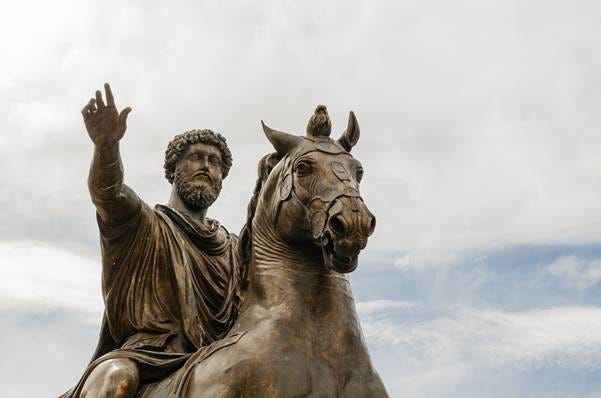
At the heart of Stoicism lies a radical proposition:
Suffering isn't the enemy; our reaction to it is.
Founded in the bustling agora of ancient Athens by Zeno of Citium around 300 BCE, Stoicism teaches that external events are indifferent. It's our judgments that assign them value.
Marcus Aurelius, the philosopher-emperor who ruled Rome amid plagues, wars, and betrayals, penned in his Meditations:
"The impediment to action advances action. What stands in the way becomes the way."
In other words, your divorce, your layoff, your chronic pain isn't a roadblock but the road itself!
Take Epictetus, born a slave in the Roman Empire, his leg twisted by a cruel master. Did he wallow? No. He declared:
"It's not what happens to you, but how you react to it that matters."
Epictetus's life exemplifies Stoic resilience: from chains to chalkboards, he taught that true freedom lies within. Suffering stripped him of illusions, revealing the indomitable will.
Seneca, the wealthy advisor to Nero, faced exile, forced suicide, and constant political intrigue. Yet he wrote:
"Fire tests gold, adversity brave men."
Platitudes? No … Battle-tested blueprints? Yes!
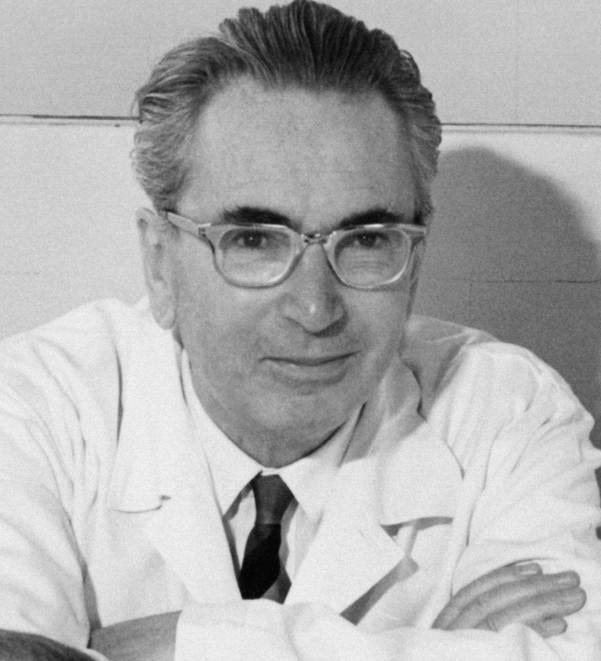
In modern terms, consider Viktor Frankl, the Holocaust survivor whose Man's Search for Meaning echoes Stoic echoes. Amid the horrors of Auschwitz, Frankl realized that while Nazis could control his body, his attitude remained sovereign. Suffering, he argued, grants meaning when we choose our response.
It's the Stoic dichotomy of control in action: focus on internals (virtue, effort) and let externals (fate, others' actions) roll off like water on a duck's back.
For today's weaklings, addicted to comfort apps and therapy speak, this means swapping victimhood for volition.
Lost your job? Don't doom-scroll; skill up. Heartbroken? Don't binge Netflix; reflect and rebuild.
Stoicism resonates across spiritual spectra, amplifying the message that suffering sculpts strength.
Buddhist Echoes & The Noble Truth of Dukkha
Let’s now shift east to Buddhism, where suffering (or dukkha) is the first Noble Truth.
Siddhartha Gautama, the Buddha, didn't sugarcoat it: life is suffering, from birth pangs to death throes, laced with impermanence and craving.
Yet, like Stoics, Buddhists see escape not in avoidance, but awareness. The Eightfold Path transforms pain into enlightenment.
Consider the story of Milarepa, Tibet's revered yogi. Orphaned young, he turned to black magic for revenge, only to suffer karmic backlash. His guru demanded gruelling penances: building and demolishing towers alone, his body battered by stones and storms. Through this, Milarepa transcended ego, achieving realization. Suffering was purification and not punishment.
In modern parlance, think of Navy SEAL training, where "embrace the suck" mirrors Buddhist detachment. Recruits endure hell week – that is sleep deprivation, hypothermia, endless drills - not to break, but to build unbreakable resolve.
As the Dalai Lama quips, "Pain is inevitable. Suffering is optional." It's the attachment that amplifies agony; release it, and strength surges.
Buddhism and Stoicism converge on mindfulness: observe suffering without judgment.
A 2023 study from Harvard (echoing ancient wisdom) showed mindfulness reduces stress by rewiring the amygdala.
For weaklings dodging discomfort via distractions, this is revolutionary: sit with pain, and it loses power, birthing resilience.
Christian Crucible & the Redemption Through the Cross
Let’s move on to Christianity. For Christians, suffering is redemptive. Yes of course we have to endure it … too. Jesus Christ's crucifixion embodies this:
"Take up your cross and follow me" (Matthew 16:24)
The cross is the path to resurrection and not a curse... Early Christians, persecuted in Roman arenas, found strength in martyrdom, their blood seeding the faith.
Saint Paul, shipwrecked, beaten, imprisoned, rejoiced: "I consider that our present sufferings are not worth comparing with the glory that will be revealed in us" (Romans 8:18).
Suffering fosters empathy, humility, and union with God.
Mother Teresa, amid Calcutta's slums, saw Christ's face in the dying poor. Her own "dark night of the soul", decades of spiritual drought. But instead of deterring her, it deepened her compassion.
Modern example? Joni Eareckson Tada, paralyzed in a diving accident at 17. Instead of bitterness, she founded a ministry aiding the disabled, authoring bestsellers on grace in grief.
Christianity flips suffering. It is sanctifying, forging saints from sinners.
For secular weaklings, this translates to post-traumatic growth. That is psychology's term for thriving after trauma, as seen in survivors who report deeper relationships and purpose.
Hindu Trials: Karma and the Wheel of Growth
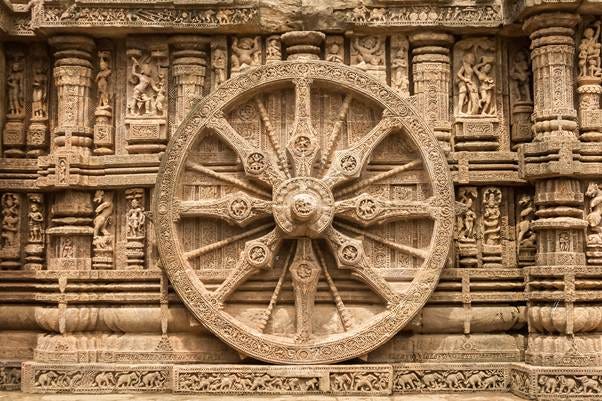
Hinduism views suffering through karma's lens: actions ripple across lives, trials teaching lessons.
The Bhagavad Gita, amid battlefield despair, has Krishna advising Arjuna:
"You have the right to perform your prescribed duty, but you are not entitled to the fruits of action."
An echo of Stoic indifference to outcomes, isn’t it?
The epic Ramayana illustrates: Prince Rama, exiled, loses his wife Sita to demon Ravana. Through forests, battles, and betrayals, suffering hones his dharma (duty). He emerges victorious, wiser. Similarly, in the Mahabharata, the Pandavas endure exile and war, their pains purifying for enlightenment.
Gandhi drew from this, enduring British jails and fasts unto death. Non-violence (ahimsa) turned suffering into strength, toppling an empire.
Today, ultra-marathoners like David Goggins embody this: pushing through 100-mile races, blisters and hallucinations forging mental toughness. Goggins's mantra, "Stay hard", mirrors Hindu endurance (tapas), burning impurities to reveal inner fire.
Across traditions, suffering builds empathy. A 2019 empathy study linked personal hardship to greater compassion. An example? Healthcare workers who've battled illness themselves, offering deeper care.
Islamic Endurance, Sabr and Spiritual Ascent
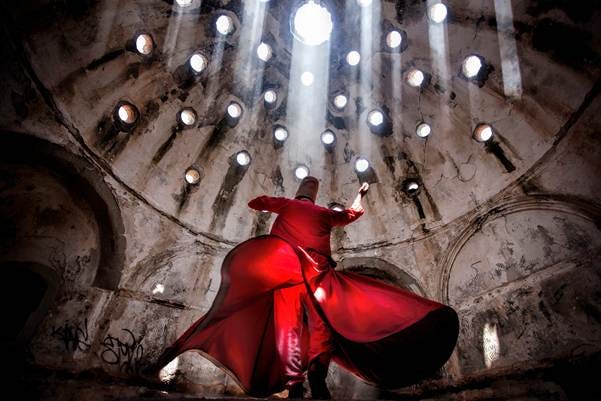
Although its political/historical twists have cast a negative aura around Islan today (and for good reasons), the tradition itself, frames suffering as fitnah, or a test refining faith. The Quran states:
"Do people think they will be left alone after saying 'We believe' without being put to the test?" (29:2).
Sabr (patience) turns trials into treasures.
Prophet Muhammad endured Mecca's persecution, losing loved ones, facing starvation in sieges. His Hijra (migration) to Medina wasn't flight but fortification.
Sufi mystic Rumi spun suffering into poetry:
"The wound is the place where the Light enters you."
Heartbreak opened him to divine love.
Modernly, Malala Yousafzai, shot by the Taliban at 15 for advocating education, didn't retreat. Her suffering amplified her voice, earning a Nobel.
Islam's emphasis on community (ummah) shows how shared suffering strengthens bonds, as in refugee camps where resilience blooms amid ruins.
Daoist Flow: Harmony in Hardship

Even Daoism, with its fluid philosophy, nods to suffering's role. The Dao De Jing advises:
"Misfortune is what fortune depends upon; fortune is where misfortune lurks beneath."
Yin and yang are opposites interdependent.
Wu wei (non-action) means flowing with adversity, not fighting it. Surrender yourself.
Laozi's exile birthed his wisdom; hardship as teacher. Bruce Lee, blending Daoism with martial arts, said:
"Be like water", adapt to obstacles, growing stronger.
For gym-avoiding weaklings, this means embracing failure reps to build muscle, literally and metaphorically.
Reclaiming the Forge
We went from Stoicism's core to Buddhism's detachment, from Christianity's redemption to Hinduism's karma, to Islam's patience, and Daoism's flow.
Common thread?
Suffering isn't random cruelty; it's the chisel carving character. Science backs it: neuroplasticity shows brains rewire post-trauma, enhancing problem-solving.
A 2024 meta-analysis linked adversity to higher life satisfaction long-term.
Yet, we moderns flee: opioids for pain, algorithms for affirmation, echo chambers for ease.
We're weaker for it, and as a result an increase in anxiety and fragility. The antidote?
Voluntary discomfort:
Cold showers (Stoic)
Meditation (Buddhist)
Fasting (Islamic/Christian)
Start small: skip the elevator, face that tough talk.
Embrace suffering, and you'll stand taller.
As Nietzsche, echoing ancients, said:
"What does not kill me makes me stronger."
The forge awaits. Step in, and forge your legend.


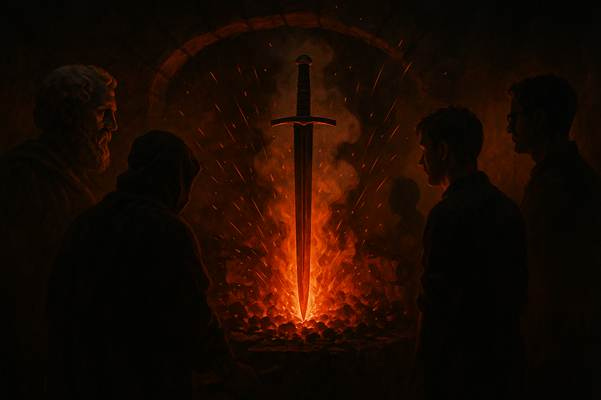



The Biology of Pain, Endurance, and Self-Preservation
As a German Biologist, I am deeply interested in the principles of conditioning and training to endure discomfort and pain. The goal is to extend one's endurance to the maximum possible limit. This process involves pushing the body and mind to their boundaries, but it's crucial to understand that there is a critical point beyond which I must stop myself. This is the moment when irreversible damage to the body or psyche begins to occur.
This concept is central to my own experience with extreme endurance sports, such as Marathon running and Ironman triathlons. In these disciplines, managing pain and discomfort is the primary challenge. The goal isn't to become addicted to suffering but to learn how to master it. The key is to recognize when the body is truly exhausted and in need of regeneration. Pushing past this point is not a sign of strength but of recklessness.
The Perils of Malicious Manipulation
This understanding of self-preservation has profound ethical implications. It highlights the stark difference between constructive endurance and malicious manipulation. A dangerous form of manipulation is to deceive a person into a "death trap," often by framing suffering as a noble or holy cause. A prime example is the creation of a war under false pretenses, where individuals are deluded by promises of glory and the notion of a "holy war" against an "evil enemy."
This is a dangerous manipulation that preys on people's desire for purpose and belonging. It paints suffering as a virtuous act and rebrands self-sacrifice, like that of a suicide bomber, as a heroic deed. This is a satanic manipulation—a complete perversion of self-preservation and human values. I strongly and unequivocally warn against it.
Antifragility and the Limits of Resilience
My perspective aligns with the concept of antifragility as described by Nassim Nicholas Taleb, but with a critical caveat. Taleb argues that some systems benefit from shocks and stressors, growing stronger as a result. However, this principle has its limits. Each individual cell within the human body is immensely fragile and vulnerable. When a cell is pushed past its limit, it doesn't become stronger—it can become fatally damaged or even cancerous. The development of a single tumor cell that ultimately killed Steve Jobs serves as a tragic example of a single point of failure within a seemingly robust system.
The core lesson is that while we can train our bodies to be resilient and antifragile, we must always respect their inherent fragility. True wisdom lies in knowing the difference between a challenge that builds you up and one that will break you down. We must never confuse self-mastery with self-destruction.
Suffering doesn’t just make us tougher.
It shows when our principles and our lived reality don’t line up. In that space we face the risk of chaos, but also the chance for renewal. It’s an old rhythm: exile strips us down so we can realign, not just endure.
Think of when Christ’s side was pierced.
He became the rock from which water flows, echoing the rock Moses struck in the wilderness. Moses, the one who struck, was kept out of the Promised Land as judgment for disobedience. Jesus, the one who was struck, the sufferer, reversed the curse and opened the way to Paradise.
We’ve all felt something like these streams.
Moments when suffering opens the heart and cleansing and nourishment flow out. Pain becomes purification, and wounds become sources of life not just for ourselves but for others too.